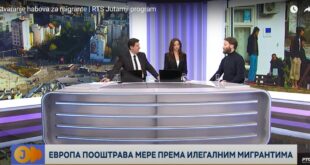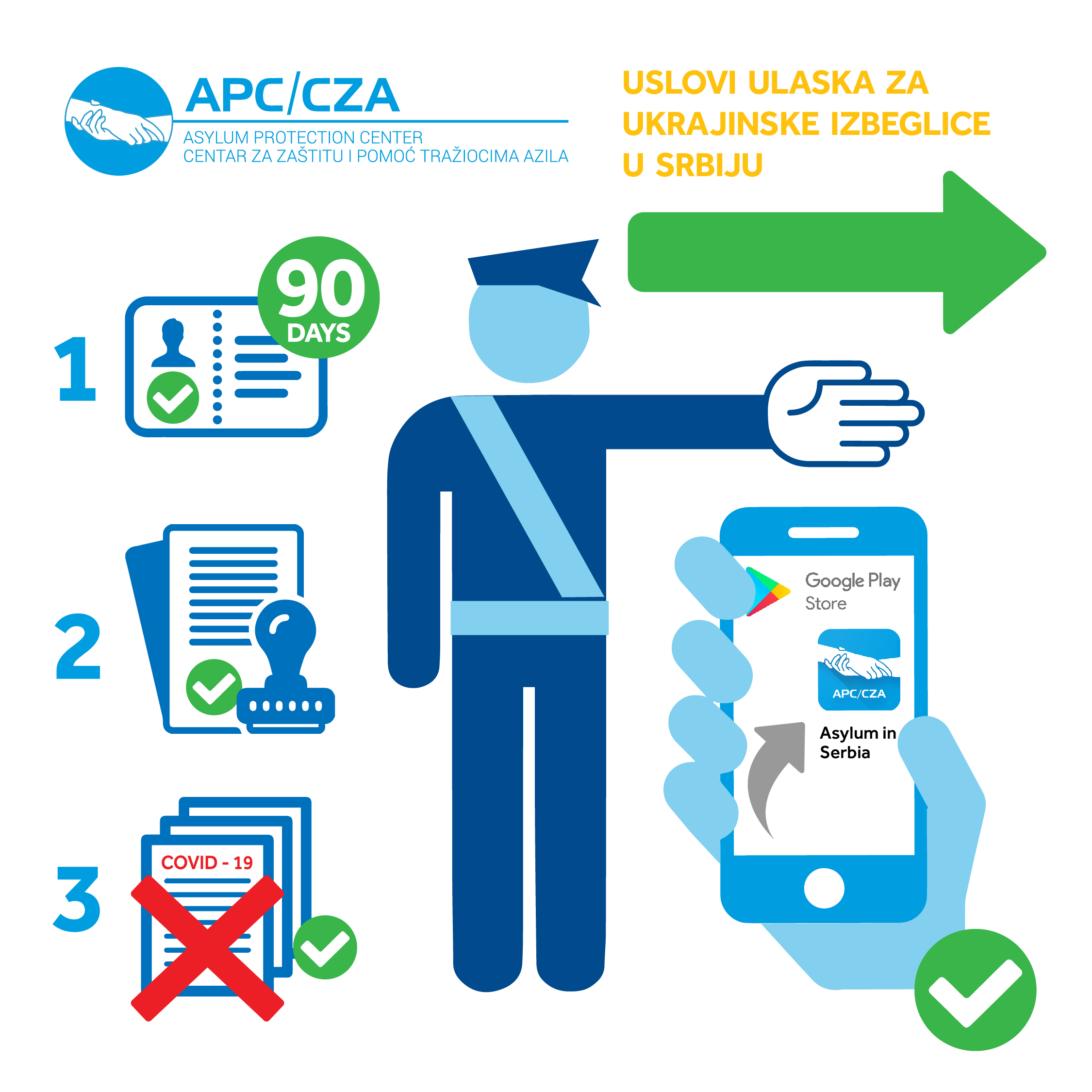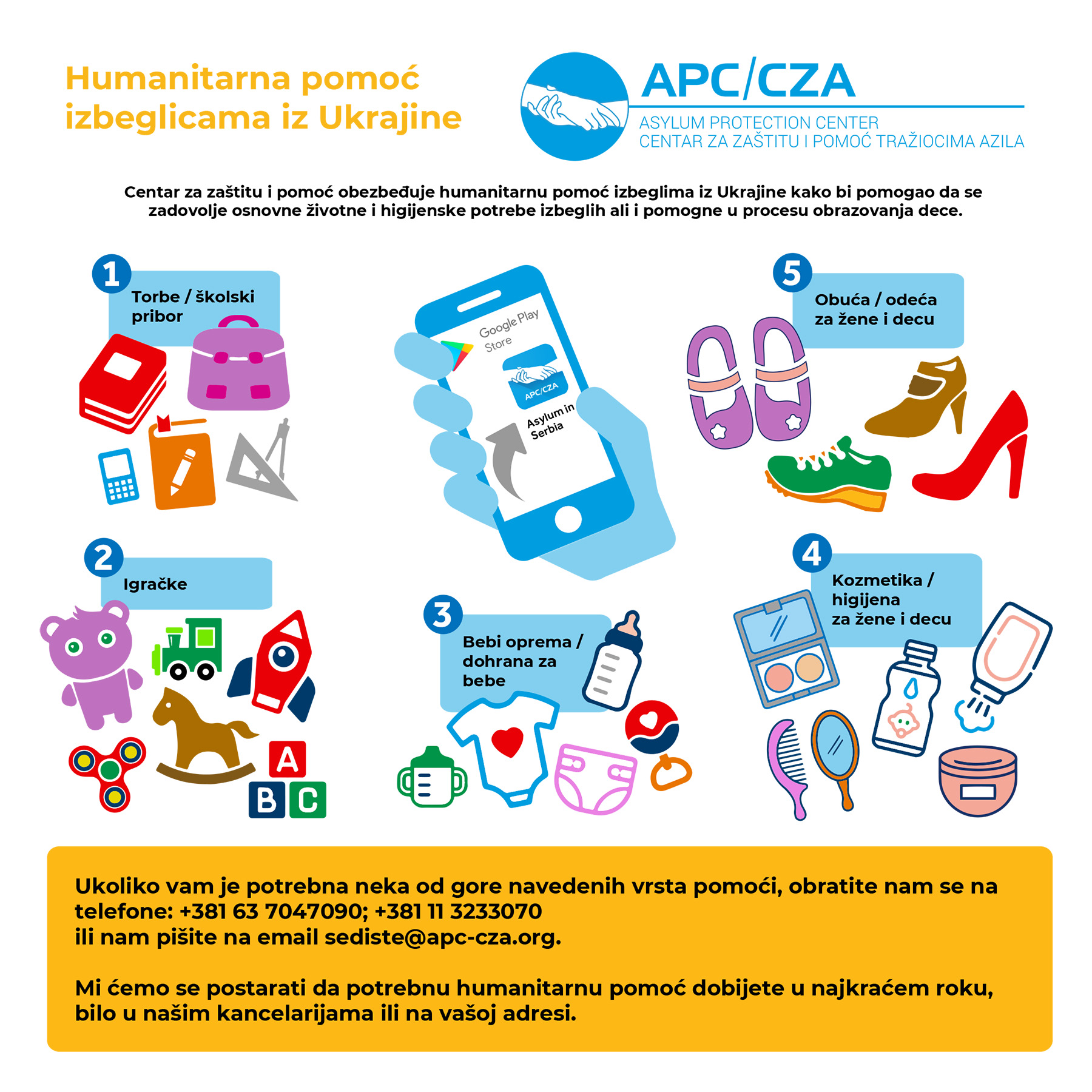Belgrade, January 14th – Our country is still a place where migrants stay longer, due to their non-acceptance in most neighboring countries, Croatia, Hungary, Bosnia and Herzegovina and Romania. Without a legally regulated position, they remain in the Balkans for several years, although they are usually seen as a temporary destination. How many of them are there and what must we do this year to solve the status of migrants, are just some of the questions that Rados Djurovic, director of Asylum Protection Center provides answers to.
Last year, at least 27,000 migrants entered the country, the largest number went further, but there are a number of people who are constantly within Serbia, Rados Djurovic, director of Asylum Protection Center said. This number ranges between 5,000 and 6,000 in total. Not all are located within centers, some are located outside these accommodation centers, whether they are alone in urban areas, or along the borders where they are trying to cross and leave Serbia. In Serbia, there are 16 Reception Centers for migrants and for temporary stay of 24 hours, and the question is whether all of these capacities have been filled. The question further remains whether we have enough capacity because in places where there are a lot of people, all capacities are almost filled. However, in places in the south of Serbia, these capacities are still open and accessible, but the problem is that most people are around Belgrade or in the north, and then it becomes difficult for all capacities to be filled up at all times, that is, that are used most efficiently. Of course, it is always desirable to have a certain number of capacity in reserve. The weather is also bad, we are witnessing that it is very difficult and in this sense, the capacities that would positively remain for their stay in warm conditions, even in larger numbers as a reserve, should exist. We wonder, and what about those who are outside in this minus and snow and ice. It’s hard to imagine what it look like at this time to be outside, sleeping outside…Nobody wants to be outside, everyone would want to be accommodated, however, as people are close to the borders, some are being pushed back illegally from other countries to Serbia. They are partially unsettled, there is no place in the places where they are located to accommodate. These are places in Vojvodina above all, and these people try to make it through every day by walking, trying to get out of the bad weather to get warm. It is very difficult for them, there are also many minors, from different categories of vulnerable migrants from different countries. According to the estimates of our Center, some 300 people are in Vojvodina only outside the accommodation.
When asked about what countries migrants are entering from and by what means, Djurovic said that people are coming from Bulgaria and from Macedonia, and new trends show some of them are coming from Kosovo. They enter with the help of smugglers most often, but they also try to cross the borders themselves. Under these conditions, it is simply impossible to stop the movement of people and once they enter the country, they gravitates towards urban centers where many people are dealing with things on their own. Citizens have surely seen people on the street, very often from countries of Asia and Africa, and many are trying to get into private accommodation to find refuge and shelter from the bad weather. The question is why lately, they are more often seeking to stay within the country? The answer is that Serbia slowly, but inexplicably becomes a kind of buffer zone, a lobby for the European Union, due to circumstances that Serbia can hardly control. In the south, people come from Turkey, enter Greece and go further through Macedonia or directly from Bulgaria to Serbia and this process is unstoppable. On the other hand, this practice of illegally pushing people into Serbia is alarming. The APC/CZA team in the field sees signs where people, families, children, even unaccompanied minors are being pushed back to Serbia. They are not allowed to seek asylum in neighboring countries, but they are pushed back to our country across the border overnight, and this is a constant process. We have one group of people trying, coming back, and it lasts, many hope to succeed, and then it happens that even from Slovenia they are being returned back to Serbia, so in that sense it cannot be seen that there will be a change. We will constantly have a certain number of people throughout the country.
Illegal stay of migrants in the country can bring various problems. It is very difficult to regulate this position, because when people are somewhere illegally, they are first and foremost threatened. Imagine that you do not have any documents, if someone tries to steal something from you or expel you, to beat you or abuse you, you will be afraid to report it to the police because you do not have the opportunity to get any kind of protection and this is a big risk for these people, but also for local citizens in surrounding areas. It somehow involves crime and it gives space to those who have done wrong against the law to use and abuse the people and the system. There are a certain number of people in the system, but not all of them, and these people are entering the system through seeking asylum or through other procedures that exist. From a legal point of view, but also through what’s necessary, people in an illegal position must not exist in the country. It’s like shooting yourself and society in the leg and we have to do everything to make people visible to available institutions.
In order to make them more visible in Serbia, it must speed up the procedures for resolving the status of asylum, as well as all other migration related procedures. This can recognize them faster, to put a particular emphasis on this, above all, the Commissariat for Refugees, to make these people visible, but to also make decision making as effective as possible; as it is in our best interest to know whether these people are staying here forever or temporarily, or if they have no grounds to stay in Serbia and to then take additional measures within the system. The indefinable position of these people does not go hand in hand. This year, integration seems to be a new step, but it is also a bit of a taboo topic for the public that is not widely and openly discussed. But if people are staying over a period of year, they are in fact living here. If they are illegal, they must be made visible to the system in some way, if they are legal however, then we must support them in integrating to the local environment in a way that they are accepted by domestic citizens, and that there is interaction between our citizens and them; that those who receive asylum are entitled and by law to stay in the country and are welcomed to see Serbia as their new country that they have faith in.
The question thus becomes, why is integration so difficult in Serbia? It is difficult because Serbia has no previous intercontinental migration experience. It’s not like England or Germany, who have already been faced with similar problems, unlike Serbia. The best example is Austria, which has long developed its integration process and practices. In such countries, integration is primarily in the hands of local communities and local governments that are strengthened, so the city authorities of many cities do their best to involve people, and the system is very much so developed. In Serbia, the capacities of knowledge are very reduced and modest, and it remains to be crystallized and taught through practice. However, good will and an exchange of experiences are needed here. We recently had a colleague from the City of Vienna who is known for working mostly on integration. The exchange of experiences was valuable and we can skip the years that they used to learn from the experiences they had for our own needs.
Questions remain around how and what do we do with those who decide to stay in Serbia? When people receive asylum and they decided to stay, it is very difficult for them. After obtaining a decision on their asylum case (which is not obtained quickly, last year about 20 people received a decisions, and by December 1st around 7800 expressed intent, which does not mean that others do not deserve it, but that their decision was not made on time) those who receive it face a series of questions: how to get involved within society, how to get hired for work, how to get along with others…With this, the APC/CZA team and others of the local team assist them, but a much more organized system of support is needed to make these people independent, and fully integrated, and not more dependent on the system. These are people of the most diverse profiles, students, young people, families…Citizens should keep in mind that these are not males who are dangerous, violate regulations or criminals, but that they are people like all of us. Those who earned and deserve asylum are citizens who definitely need support. It is important to keep in mind, and this is not often talked about, that the people who receive asylum and remain view Serbia as their refuge. They do not have a bad feeling about the country, they see the people as good, they see that the mentality is very similar to their own, so it is a great opportunity for us to show ourselves who we are, and on the other hand, it is an opportunity to bring some news, and a new life into the local environment, but also in some ways to enrich ourselves. Amongst them there are many children, which is important because children are always missing from our local schools. They most often, fit in the best and integrate the easiest.
There are thousands of stories and they are all very specific and memorable. One such case is one man who received asylum in Serbia, who escaped persecution in Afghanistan and worked as an interpreter, speaking and learning several languages and is very knowledgeable. He is thinking of buying his own property as he dreams of raising livestock, which is very interesting. He says that he wants peace, to devote himself to nature, and to cultivate goats or other animals, and of course wants to bring his family which includes several young children, and this, is the next step in integration. He has undergone various challenges, great insecurity, and fear of what will happen, whether or not he will receive asylum. In this process, our psychologists and lawyers assisted him, and he also has friends who do care for him. He currently lives in Belgrade, but plans to move to Smederevo. He is an example of a man who has accepted our country as his own, and wants to contribute to society in every way.
 AzilSrbija AzilSrbija
AzilSrbija AzilSrbija




